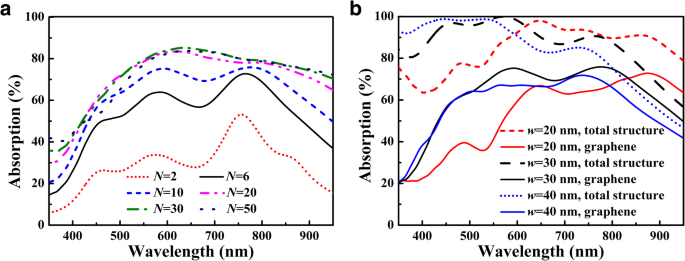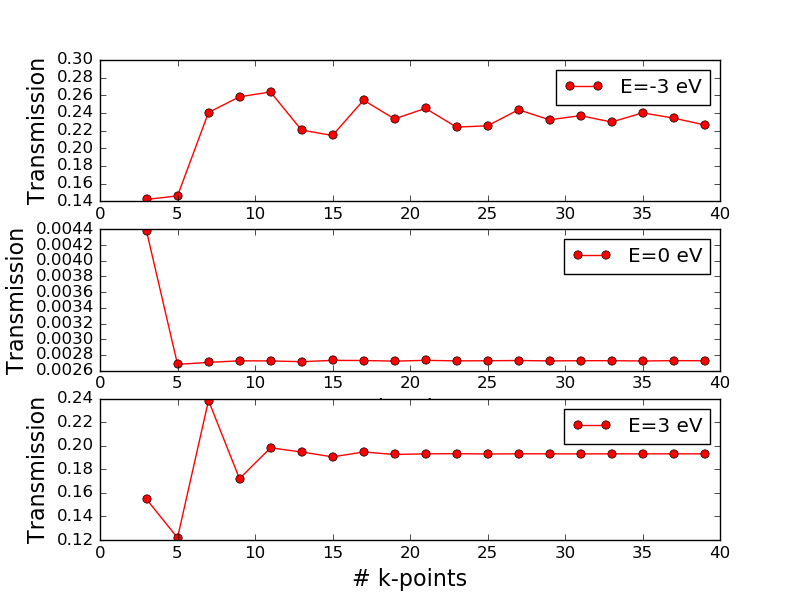

A sufficiently low free-volume for the graphene-based barrier material will result in both low oxygen transmission rates (OTRs) and low water vapor transmission rates (WVTRs). The insulating properties of graphene oxide (GO) are desirable for barrier materials, but the hydrophilic nature of GO (compared with graphene) may not be suitable for organic electronic devices, for example, organic light-emitting diodes (OLEDs) and organic photovoltaics (OPVs), which degrade readily upon exposure to environmental oxygen and water vapor. Reduced graphene oxide (RGO) dispersed in polymers enables large scale barrier membranes with mechanical integrity. The oxygen transmission rate was decreased with increase in the volume percentage of graphene in graphene-based nanofiller. Nitrogen permeation was remarkably reduced, demonstrating that exfoliated carbon sheets can be diffusion barriers in polymeric membranes. Exfoliated graphite was used to reinforce the thermoplastic polyurethane towards enhanced gas barrier performance. When incorporated appropriately, these atomically thin carbon sheets can significantly improve the physical properties of host polymers at extremely small loading. Such an inclusion can significantly hinder oxygen, gas, and water vapor transport, making it an intriguing prospect for incorporation into packaging composites. Graphene’s resolute hexagonal lattice structure of carbon lends itself to barrier because it has few defects and is impermeable to standard gases, including helium. Graphene is considered for use in polymer barriers due to its structural impermeability. The P3HT degradation results qualitatively indicate the potential of graphene films as a possible candidate for medium performance barriers. The simulation results were found to be in good agreement with the measured absorption spectra.

The absorption spectra for graphene/polymer composite were simulated by solving Fresnel equations. Another set of absorption measurements were conducted to demonstrate the barrier performance of graphene and the degradation mechanism of graphene/P3HT over multiple wavelengths from 400 to 800 nm. A layer-by-layer transfer method was utilized to enhance the barrier performance of monolayer graphene. The P3HT test was used to demonstrate improved barrier performance for polymer substrates after addition of CVD graphene films. P3HT’s stability under ambient conditions makes it desirable for an initial evaluation of barrier materials as a complimentary screening method in combination with conventional barrier tests.

The polymer is stable under ambient conditions and indoor lighting, enabling P3HT films to be deposited and encapsulated in air. P3HT is a semiconducting polymer that photo-oxidatively degrades upon exposure to oxygen and light. The barrier performance of CVD graphene films was determined using a poly(3-hexylthiophene) (P3HT) thin film optical transmission test.


 0 kommentar(er)
0 kommentar(er)
